Globe40: Detour in the Indian Ocean
Published on October 5th, 2022
American Joe Harris along with Roger Junet are competing in the Globe40, a multi-leg doublehanded round the world race in Class40s. Seven teams were at the beginning on June 26, with five teams now on the third leg from Mauritius to Auckland, New Zealand.
After leaving the Indian Ocean island nation on September 11th, Harris files this report from onboard GryphonSolo2 on October 5, 2022:
I must apologize as it has been a while since my last blog post. The main reason for that is that we were sailing upwind for 700 miles and the boat was pounding so bad I could barely type! But let me retrace the steps from where we were, approaching the Eclipse Virtual Gate, which was 60 miles south of the coast of Australia.
I felt from the beginning that this gate made no sense, as we were all sailing along the southern boundary of 42° south latitude in the prevailing strong westerly winds and then had to head 600 miles north into an area of high pressure (no wind) known as the great Australian Bight. It was a real struggle to get to the gate as we had very strong winds from behind for three days and then were becalmed for three days before we finally got around on October 1.
As soon as we rounded, we were confronted with winds from the Southeast, directly where we wanted to go, so battled winds of 24 to 40 knots dead upwind for the next 700 miles. The sea state was very nasty and the boat pounded mercilessly – very reminiscent of our delivery to Lorient in May.
It was very tough to move around the boat below and very wet on deck – like a fire hose of water hitting us in the face as we came out of the companionway. We hunkered down with three reefs in the main and the staysail at about a 60° True Wind Angle and just took the beating for nearly four days by mostly staying below. Not fun.
We came through the beating with our primary casualty being the wind wand at the top of the mast that gives us all the wind information we need to navigate, but more importantly, allows the autopilot to drive the boat to a wind angle rather than simply a compass course.
As a result, we crash-tacked when the wand failed, and the boat went into irons as we tried to figure out the problem. We switched to the second masthead wand and got wind information back, so knew where the problem was. The vertical wand has been working well since, so knock wood we make it to Auckland without another problem.
However, during the heavy downwind sailing, the 2:1 halyard for the A5 fractional gennaker parted after three days of excessive pounding and the sail fell into the icy water. We quickly furled the jib and dropped the mainsail to stop the boat and were barely able to pull the sail back onboard before it wrapped itself around the keel or rudders.
A few days later, while we were becalmed, Roger went up the mast and lowered a messenger line down inside the mast which I was able to fish out at deck level. We then re-spliced the eye of the halyard, Roger went up again to lash it in place, and we sent the halyard back through to the deck.
We then repaired the sail that had torn in three places and in one day had the whole thing back up and running. Nice job going up the mast twice at sea by Roger – luckily we were becalmed but the boat still rolls with the swells like crazy.
So we are now cruising along under a full main and Code Zero in 10 knots of wind and lumpy seas left over from the storms. We are headed for the Bass Straits, which separates mainland Australia from Tasmania, and is about 650 miles to the SE. Once through, we enter the Tasman Sea and take a left up to Cape Reinga at the northern tip of New Zealand before turning south to Auckland.
Like the last leg, this leg looks like it will take longer than expected. There will be much maintenance work to do during the stopover, but luckily Auckland is one of the sailing capitals of the world and GS2 will be docked where the America’s Cup boats were docked in the Viaduct Basin. Many good marine professionals to help us out. Engine, winches, electronics, sails, rope, rig – you name it, it needs fixing!
Race details – Entries – Tracker
Note: As the scoring format gives extra value to the longer legs, Leg 3 is similar to Leg 2 as it is worth a coefficient 3. The leg is approximately 7,000 miles in distance and will take between 30 and 35 days.
The inaugural Globe40 is an eight leg round the world race for doublehanded Class40 teams. As all legs count toward the cumulative score, the longer distances more heavily weighted. The first leg, which took seven to eight days to complete, had a coefficient 1 while the second leg is ranked as a coefficient 3 leg. The race is expected to finish March 2023. Seven teams were ready to compete, but a Leg 1 start line collision eliminated The Globe En Solidaire with Eric and Léo Grosclaude (FRA) while the Moroccan team of Simon and Omar Bensenddik on IBN BATTOUTA retired before the Leg 2 start.
Start:
Tangier, Morocco – June 26
Stopovers:
Leg 2 start: Sao Vincente, Cape Verde Islands – July 17
Leg 3 start: Port Louis, Mauritius – September 11
Leg 4 start: Auckland, New Zealand
Leg 5 start: Papeete, French Polynesia
Leg 6 start: Ushuaia, Argentina
Leg 7 start: Recife, Brazil
Leg 8 start: St Georges, Grenada
Finish:
Lorient, France


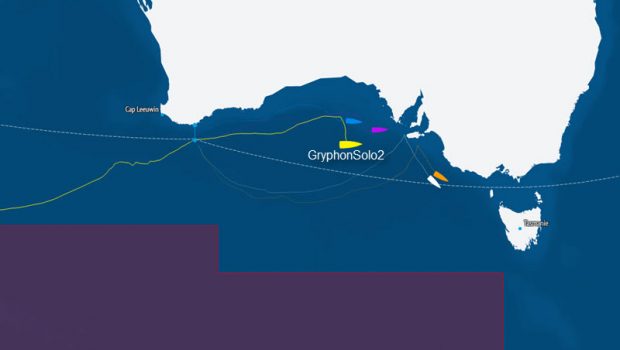

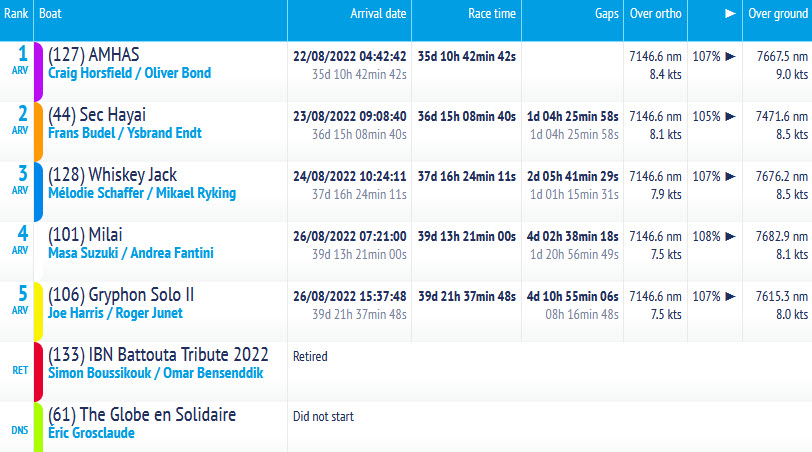
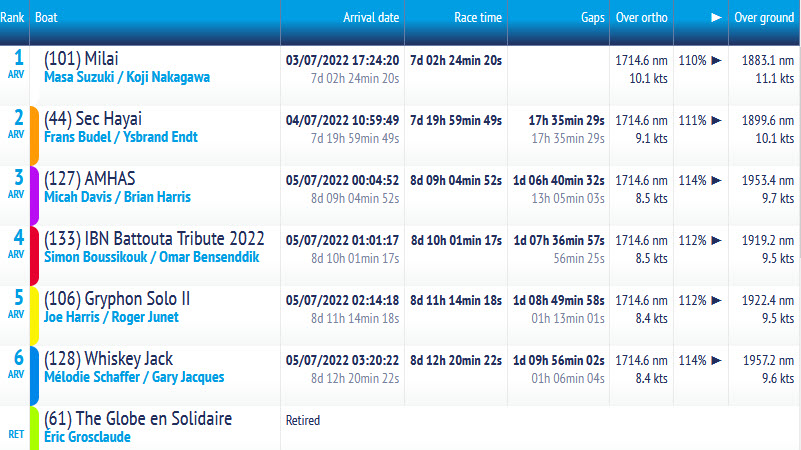

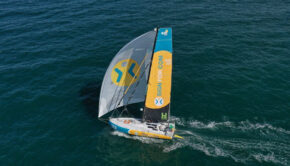
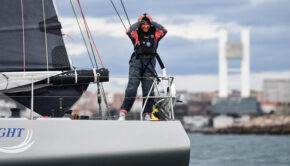
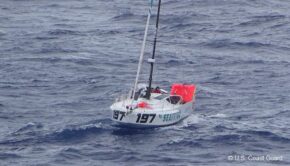
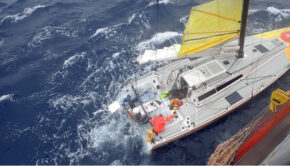
 We’ll keep your information safe.
We’ll keep your information safe.